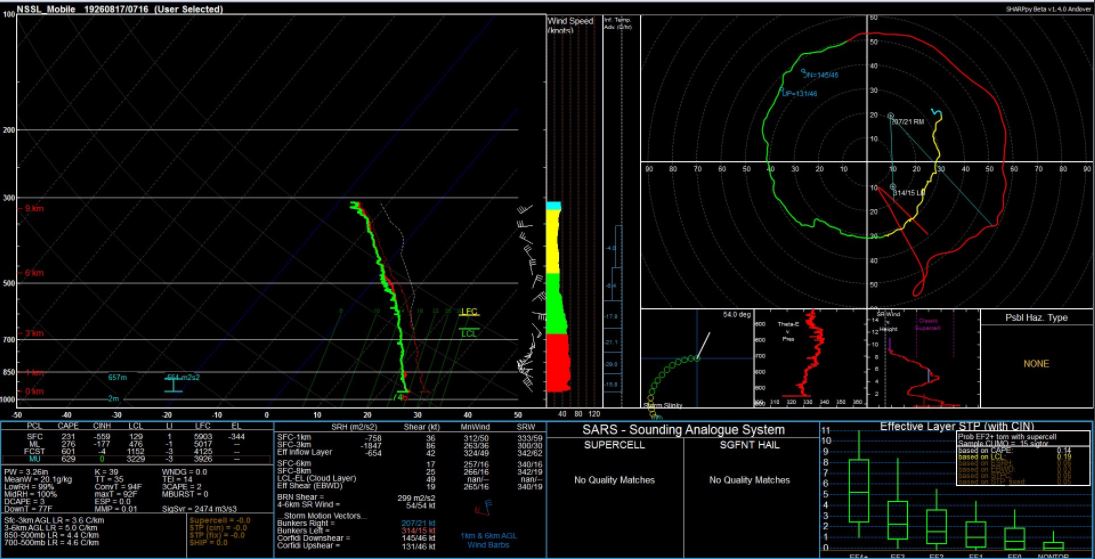
NOAA National Severe Storms Laboratory Researcher Sean Waugh will collect weather data in the path of Hurricane Harvey Friday to record how the landfalling hurricane changes as it develops.
The first major hurricane forecast to make landfall in the Gulf Coast in 12 years provides an opportunity to study its development and any potential development of tornadoes.
“While tornadoes are relatively rare in environments associated with landfalling hurricanes, if they occur they can have large impacts,” Waugh said.
Waugh will use a truck with roof mounted instruments called a mobile mesonet to record observations of Hurricane Harvey for an extended period of time. The instruments and weather balloons will record rain, wind and temperature. He will work with scientists from The University of Oklahoma College of Atmospheric and Geographic Sciences. The team is utilizing the university’s Cooperative Institute for Mesoscale Meteorological Studies SMART radar truck.
Researchers will monitor how the hurricane’s structure changes during landfall as well as temperature changes and wind on the surface. Scientists will test a new instrument developed at NSSL that measures rain size and distribution to help with flood forecasts. Information gathered will be shared with National Weather Service forecasters.
NOAA NSSL and partners are studying the development of tornadoes in the Southeast U.S. in order to improve their prediction through VORTEX-Southeast.
For more information about Hurricane Harvey and the current forecast: http://www.nhc.noaa.gov/#harvey.



